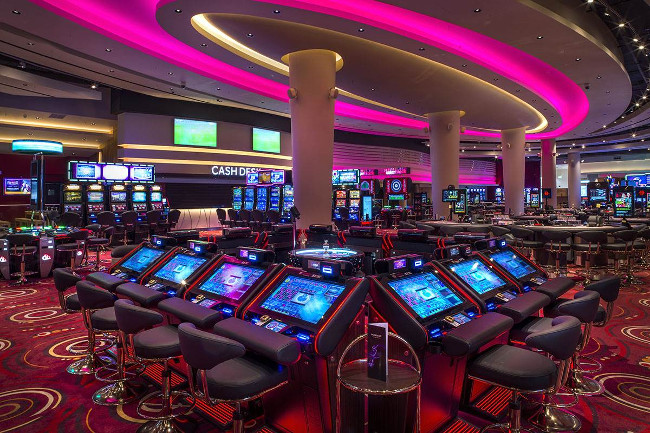Gambling games have long captivated human interest, drawing players into a universe filled with chance, tactics, and the allure of excitement. Each game is carefully crafted not just for fun, but also to elicit specific emotional responses that keep participants immersed and invested. Understanding the motivations behind these designs reveals much about how behavioral psychology plays a crucial role in the gaming experience.
From the bright lights and dynamic sounds to the intricate layering of guidelines and rewards, casino games are designed to create an atmosphere of excitement and eagerness. Game designers leverage behavioral strategies to influence gambler behavior, whether through the use of winning opportunities, near-miss scenarios, or community engagement. By examining these factors, we can better appreciate how casino games fulfill not just a want for entertainment, but more profound psychological needs for adventure and uncertainty.
Grasping Player Behavior
Casino games are crafted with a deep comprehension of gamer psychology, which is essential for attracting and holding players. The excitement of the game, coupled with the expectation of winning, establishes a powerful attraction. Game designers utilize elements like sonic elements, vibrant graphics, and immersive gameplay to capture attention and generate emotional responses. These sensory effects enhance the total environment, making players feel more invested in the game.
Another notable aspect of player behavior is the concept of risk and reward. Casino games often manage risky situations with the potential for substantial rewards, which can cause the event known as near-miss effect. When players come within reach to winning, the brain releases dopamine, reinforcing their behavior and motivating them to persist playing in pursuit of that elusive win. This cycle of wish and disappointment plays a crucial role in how games are structured and promoted.

Lastly, community aspects also play a pivotal role in player behavior at casinos. Many games are designed to be played in pairs or alongside other players, nurturing a sense of belonging and communal experience. The community engagement inherent in games like baccarat enhances enjoyment and can lead to extended gameplay. Designers take advantage on this by designing environments that invite players to stay, socialize, and revisit, making the overall casino experience more attractive.
The Role of Visuals and Sound
Visuals and audio play a significant role in improving the player’s experience within gambling games. Designers utilize bright colors, eye-catching graphics, and captivating animations to attract players’ attention and sustain their focus. The use of motifs, such as adventure or luxury, helps create an engaging atmosphere that transports players into a different world. By connecting to the senses, these elements contribute to a intensified emotional response, encouraging players to engage more deeply with the games.
Audio design is just as important in enhancing the experience of gambling games. The combination of ambient music, sound effects for successful combinations, and ambient noises creates an sound landscape that keeps players enthralled. Sounds associated with victories, such as chiming bells or festive music, evoke feelings of excitement and reward, prompting players to continue playing. These audio cues are strategically placed to enhance the thrill of the game and create a more engaging experience.
Additionally, the alignment of imagery and audio is crucial for reinforcing the game’s overall theme and atmosphere. Each element should align seamlessly to create a unified experience that pulls players in. The effective use of this synergy not only enhances user satisfaction but also increases the chances of return play, as players become more engaged in the immersive world that the casino games offer. This thoughtful integration of visuals and sound ultimately enhances player engagement and loyalty. GA179
Reward Structures and Participation
The design of gambling experiences significantly depends on incentive systems to ensure participants involved and returning for more. These systems are rooted in behavioral theories that take advantage of human behavior and motivation. Participants are often motivated by the thrill of winning, which is supported by immediate responses through the game’s mechanics. This prompt satisfaction not just enhances the gaming experience but also fosters a sense of success, prompting players to keep participating in hopes of greater gains.
Gaming establishments adopt various reward structures, such as jackpots, extra rewards, and increased rewards, to engage players. These features create a layer of excitement that sustains engagement. Additionally, the randomness of results plays a significant role in keeping attention. The variable reward system, where wins are unpredictable but happen often enough, maintains participants on edge and driven to continue participating. This loop of hope and expectation is foundational to the success of gambling experiences.
Furthermore, community aspects, such as competitive events and collaborative options, boost the engagement factor by leveraging the desire to compete of players. The shared experience of gaming with others can amplify the excitement of success and create a sense of community within the gaming space. By combining these social dynamics with efficient incentive structures, gambling experiences don’t just provide entertainment but also foster a deeper bond among participants, solidifying their commitment to the overall experience.
